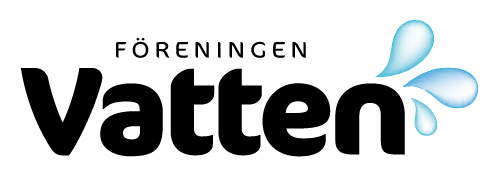SLUT I KRANEN? EN STUDIE AV KONTINUITETSHANTERING FÖR DRICKSVATTENBRANSCHEN MED FOKUS PÅ NÖDVATTEN OCH STANDARDEN BS 25999 / No Tap Water? A study of Business Continuity Management for drinking water suppliers with focus on BS 25999 and emergency situations
The access to safe drinking water is a basic and critical component of our society. If the drinking water supply system is exposed to disturbances, it is of great importance that water suppliers are able to maintain continuity within the water distribution system. This study analyses if the emergency planning of Swedish drinking water suppliers […]
SLAMAVATTNING MED KEMICOND® OCH HYDRAULISKA KOLVPRESSAR PÅ KÄPPALAVERKET / Sludge dewatering with Kemicond® and hydraulic filter presses at the Käppala WWTP
At the Käppala wastewater treatment plant (WWTP) in Stockholm, a novel approach for dewatering of sewage sludge has been developed. As in many wastewater treatment plants the dewatering is a costly part of the treatment process. The sludge produced at the plant must be hauled to be used on farmlands and dewatering greatly reduces the […]
Uncertainty and Good Practice in Hydrological Prediction
All forms of hydrological prediction involve many different sources of uncertainty. Many of these sources of uncertainty involve knowledge (epistemic) uncertainties that are not necessarily easy to represent statistically. This can create problems for communication and interpretation between modeller and users when uncertain predictions are presented. One way of dealing with this problem is to […]
Analys av översvämningar i ledningsnät i Kungshult – effekt av klimatförändringar / Analysis of the sewer network in Kungshult – effects of climate change
Flooding in urban areas has increased and due to this fact extensive research about the effects of climate change on extreme rainfall is being done. This study is an attempt to determine how large the increase of extreme rainfall will be in Scania, Sweden. Through a literature study it is found that the recurrence interval […]
Driving forces behind organisational changes in water supply in south Sweden 1950–2010
Sydvatten (South Sweden Water Supply Co) was formed in 1966 by the municipalities of Malmö, Lund, Helsingborg, Landskrona and Eslöv for organizing and jointly financing the construction of an 80 km long raw-water tunnel leading water from the large lake Bolmen to the vicinity of the municipalities, and thereafter operating the tunnel and the waterworks […]
Investigating the water footprint of Tetra Pak Carton Economy’s beverage portfolio
A growing number of companies and organizations have started to recognize the importance of water to their business and have started programs to improve the sustainability of freshwater in their processes. Virtual Water and Life Cycle Analysis are methods used to measure the impact of water trade between countries and businesses. The concept of a […]
Avskiljningsförmåga hos dagvattendammar i relation till dammvolym, bräddflöde och inkommande föroreningshalt / Reduction efficiency in stormwater ponds in relation to pond volume, overflow and inflow pollutant concentration
This article puts forward the idea that the reduction efficiency in a stormwater pond to a great extent can be explained by three parameters related to the pond:– The size of the pond in relation to its catchment area– The relative size of the possible overflow past the pond– The mean concentration of suspended solids […]
Maximering av slam och biogasproduktion för att motverka global uppvärmning / Maximizing sludge and biogas production for counteracting global warming
Can wastewater treatment contribute to counteract global warming? Increased biogas production for substituting fossil fuel is one possibility. However, an active sludge process with biological nitrogen and phosphorus removal consume organic material, gives a sludge with less digestibility and need energy for aeration. The amount of produced sludge corresponds to half of the organic material […]
